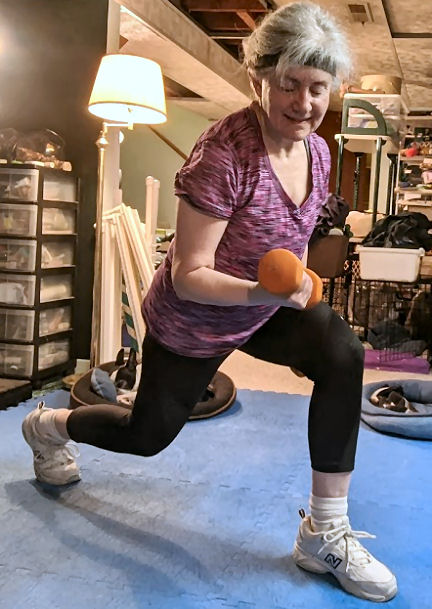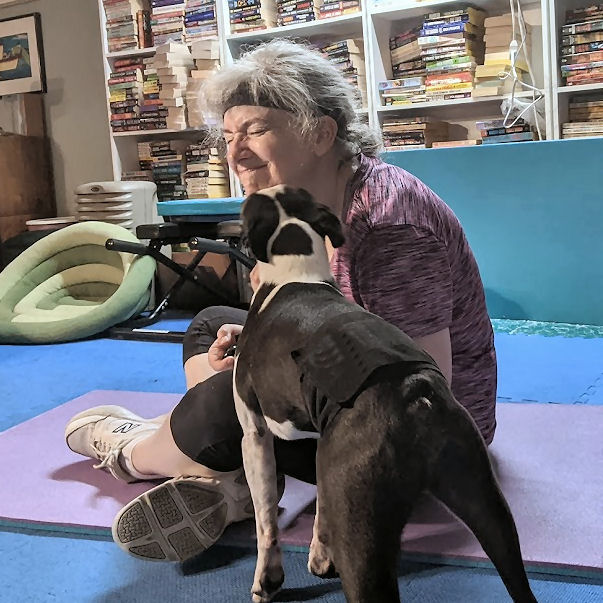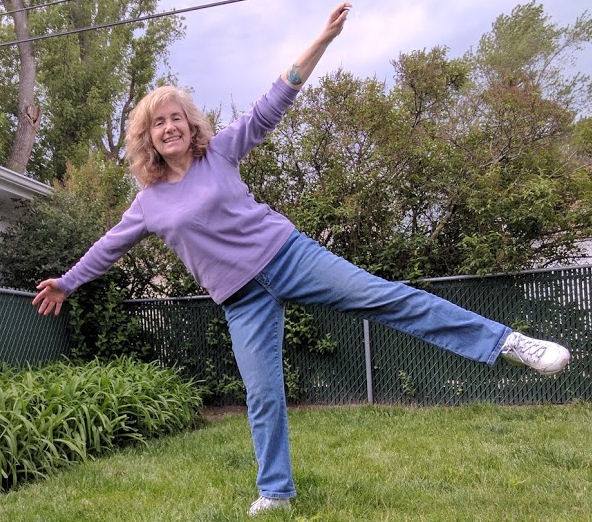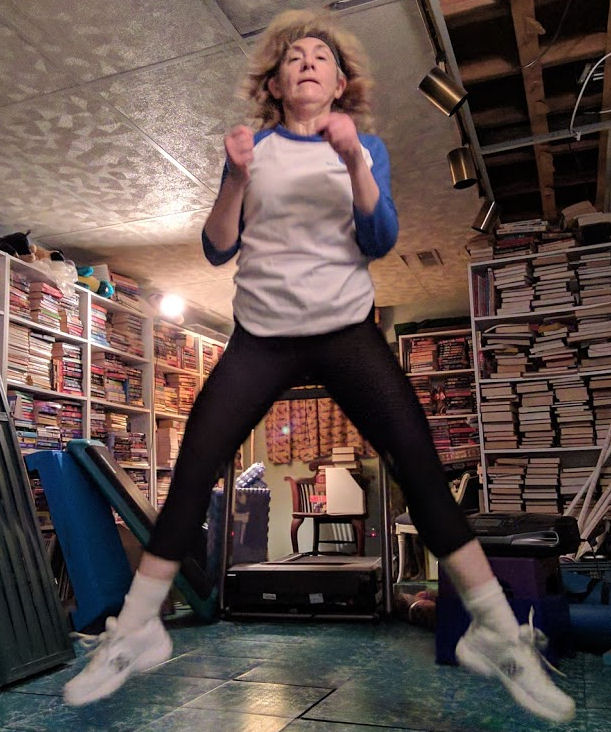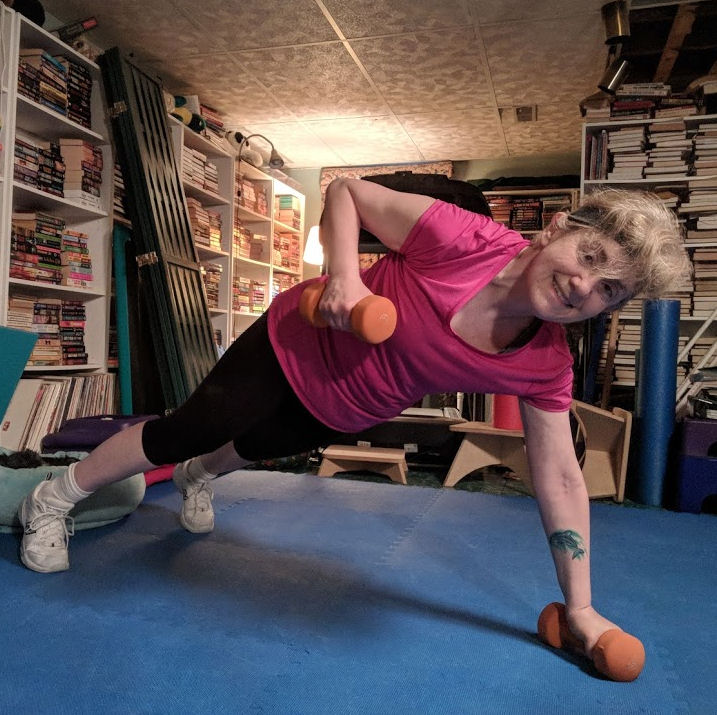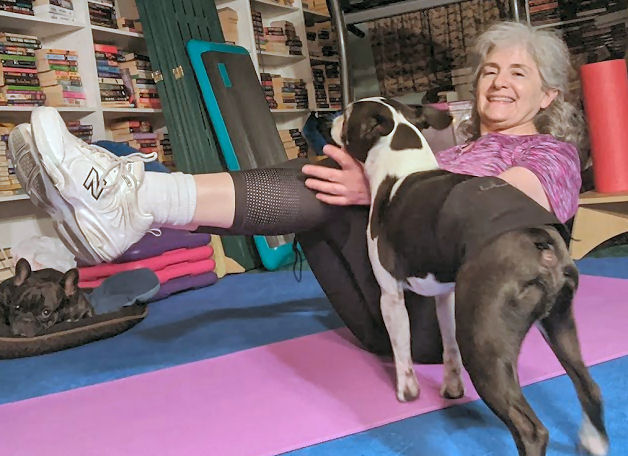When I think of “stress,” my brain starts whirring, my heart starts pounding, I start to sweat, and I’m not happy. Most people, I think, react the same way to most stress. In fact, the World Health Organization defines stress as “any type of change that causes physical, emotional or psychological strain.” And when this type of stress continues, it can become “distress” which leads to anxiety and overwhelm. But there is a “good” stress – called “eustress.”
Stress can be beneficial
Eustress can be a beneficial emotion, leading to “positive emotional arousal, leading to activation and engagement” with the world around us, according to a paper in the National Library of Medicine.
So, eustress is “manageable, acute, and short-term.” Think of exercise as an example. We’re placing stress on our bodies when we exercise. But exercise by definition is short-term, and the stress we put our bodies in is acute – we voluntarily raise our heart rates or work our muscles in a way that’s different from their normal state. And the reason that we exercise is to become more fit, release endorphins and improve our mental well-being.
Nurtures our well-being
“Eustress is the physical, mental, and/or emotional tension that is placed on the mind and body when we engage in activities that actually nurture our well-being and foster growth,” says Andra Brown, a NY-based licensed mental health counselor who specializes in anxiety, racial identity, and stress. Brown says that eustress can make us excited and motivated. When we feel eustress, we feel compelled to act in a positive manner. Our mindset improves when we’re under eustress. And when we act positively, our resilience grows.
If I get an idea for an article, and I know it’s a good one, I’m fired up. I open a new Google Document and write rapid-fire until that idea is down in black and white.
Stress and exercise
I’m not excited to exercise, as you know. But, once I push “Play,” the music comes on and the instructor gives the first direction, I start moving and can forget about everything else. Good stress indeed!
Public speaking can even be eustressful
Brown emphasizes that eustress triggers can increase productivity. Think about the last time you spoke in front of a small group of friends about a subject you’re passionate about. Even though public speaking may usually terrify you, when it’s about a topic that’s near and dear to your heart, you probably spoke eloquently and far more succinctly than you believed you could.
As you’ve seen in previous articles, exercise generates energy. Even if I’m tired before a workout, I feel energized afterward! Exercise, therefore, is positive stress. It feeds our body and mind.
I try to combine distress and eustress
Listening to the news, on the other hand, is “distress.” It brings on feelings of anxiety and is practically debilitating. I do like to know what’s going on in the world, though, so I pair watching the national news every day with a calming Sudoku puzzle. On one hand, I’m anxious, but on the other, I’m solving a puzzle. I’m hoping that the eustress outweighs the distress. Indeed, Brown says that during moments of eustress, we are able to perceive certain challenges as less threatening.
So, there’s no need to fear stress – just do everything you can to make it good stress.

